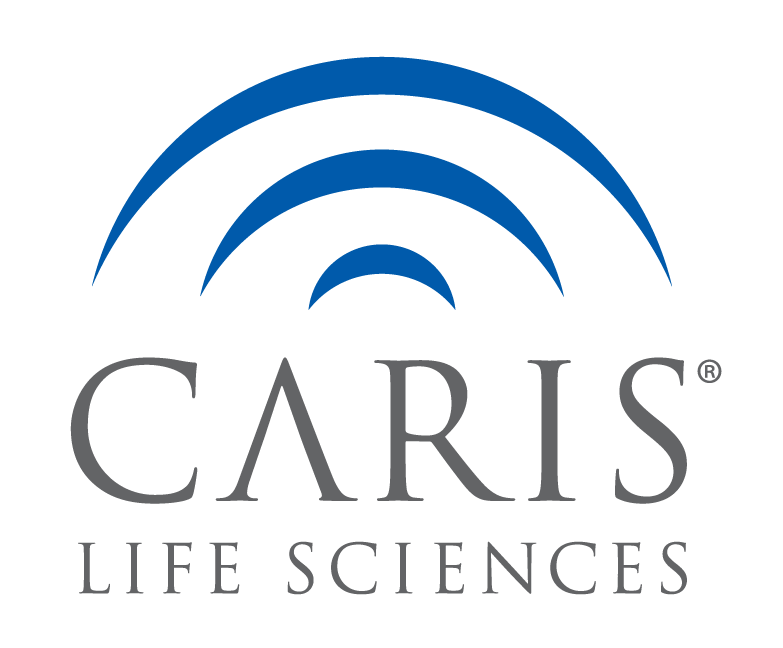Background/Introduction
• UTUC is a rare genitourinary malignancy characterized by a higher frequency of FGFR3 and HRAS mutations, as shown in 2 series involving a total of 550 patients with upper tract urothelial (1,2).
• In one of these series, which compared 479 patients with UTUC to 1984 patients with bladder cancer, MSI-high was found in 3.4% (0.8% in bladder cancer) (2). In another series of 424 patients with urothelial carcinoma,
3% had MSI-H; 71% of patients with MSI-H had upper tract disease with a response rate of 100% in 5 patients treated with checkpoint inhibitors (3).
• Although the ATLAS trial of PARP inhibitors in urothelial carcinoma has failed to reach primary end point results, predictive biomarkers continue to be defined (4).
• Thus, insights from profile of mutational landscapes of patients with UTUC and MSI can guide drug development. We describe here the largest series of patients with molecular profiling with advanced UTUC and MSI
to date.

Publications
Characterization of Microsatellite Instability (dMMR/MSI-H) and Mutational Landscape in a Large Contemporary Cohort of Upper Tract Urothelial Cancer (UTUC) Patients
– Caris Life Sciences
